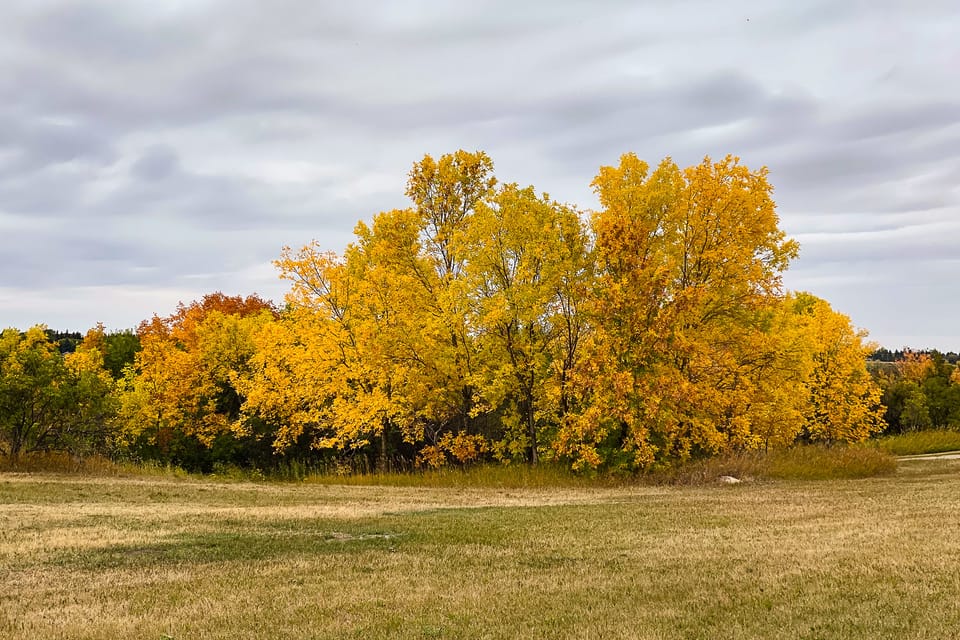EcoWest News, October 7, 2025

Welcome to EcoWest News, a weekly round-up of news and resources that you can put to use in addressing environmental issues and protecting the wild in your community.
Across the West
The Government of Saskatchewan has put 18 parcels of public land (4,471 acres) up for sale. Almost all the parcels “contain the kind of natural habitat—wetlands, aspen woodlands and pastures—that when privatized will become vulnerable to the pressure for landowners to increase their land value by converting them into cropland. Acres for wildlife will be lost and untold volumes of carbon will be released into the atmosphere.” [Public Pastures-Public Interest]
Onion Lake Cree Nation wants every home in their community to be powered by solar energy. Initial homes were chosen based on need, starting with elders and social assistance recipients. [CBC]
A journey along the Chemainus River on Vancouver Island explores the impact of logging on fishing, recreation, and people’s lives. [The Tyee]
Across Canada
Analysts say no new pipelines will be built without massive tax subsidies. By investing in a declining industry, Canada will miss the boat on the possibility of becoming competitive in clean technology. [The Energy Mix]
While Canada’s wildlife population has declined by 10% on average since 2010, grassland species have declined by 62% and species in marine and coastal regions, forests, human-dominated habitats, and rocky areas have declined by 4-31%. [The Energy Mix]
The Canadian Space Agency is funding 20 Canadian companies to use satellite data to address issues such as declining species populations, habitat degradation, deteriorating water quality, and forest disturbance. [Canada]
The Clean Coasts Act, a private members’ bill, would address two significant gaps in Canada’s marine pollution laws. [WCEL]
Around the World
Global pet food emissions rival those of a small country. Switching dogs to plant-based foods could slash emissions tenfold—without sacrificing nutrition. [Anthropocene]
Integrating Wildlife Habitat Connectivity into Local Government Planning: Examples, Recommendations, and Resources for U.S. Towns and Counties “is a practical guide for planners and partners to weave wildlife habitat connectivity into local land use decisions.” [Conservation Corridor]
Good wildlife sign design is authoritative but not pushy, simple, and reader-friendly. [High Country News]
Making a Difference
A “bridge to nowhere” has been repurposed as a wildlife highway crossing, and it cost a lot less than building a new wildlife crossing. [High Country News]
An 18-unit development in Washington State has achieved both net-zero energy consumption and Salmon-Safe certification. The homes are outfitted with solar panels, energy-efficient appliances, high-performance windows, low-flow water fixtures, and enhanced insulation, while the landscaping includes rain gardens and bioswales. [Shelterforce]
Nature’s Wonders
Rhizanthella gardneri is the world’s rarest and most mysterious orchid. It grows, flowers, germinates, and sets seed totally underground. It’s believed to be pollinated by termites. [BBC]
Photo credit: https://www.flickr.com/photos/apmckinlay/50350987211
EcoFriendly West informs and encourages initiatives that support Western Canada’s natural environment through its online publication and the Nature Companion website/app. Like us on Facebook, follow us on BlueSky, X, and Mastodon, or subscribe by email.

Member discussion